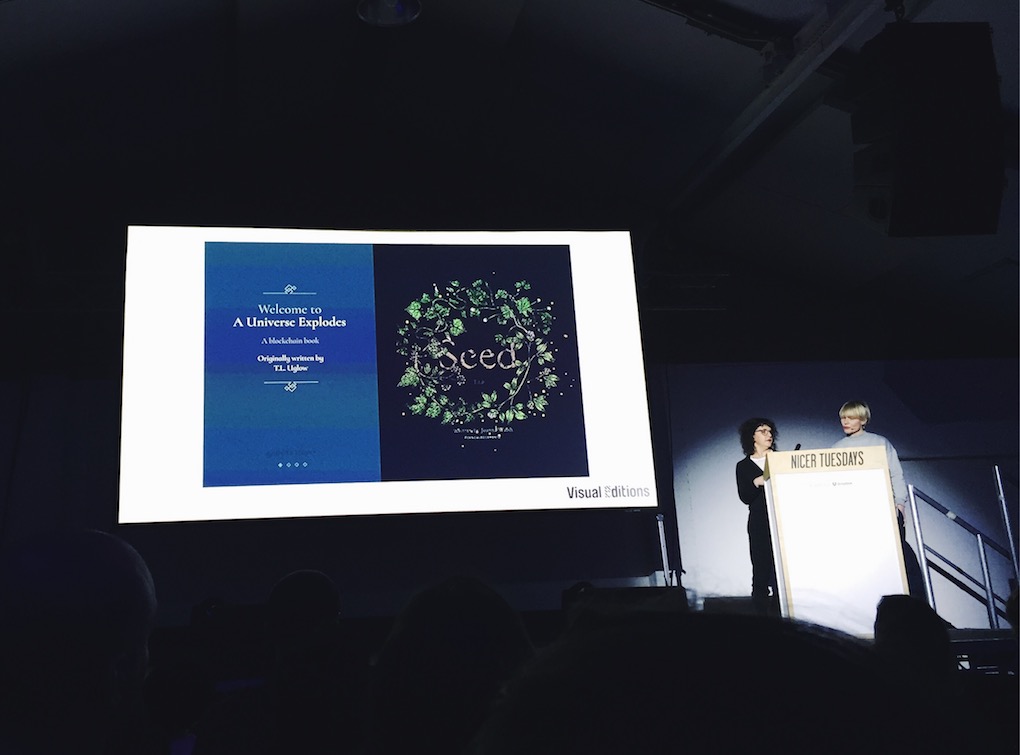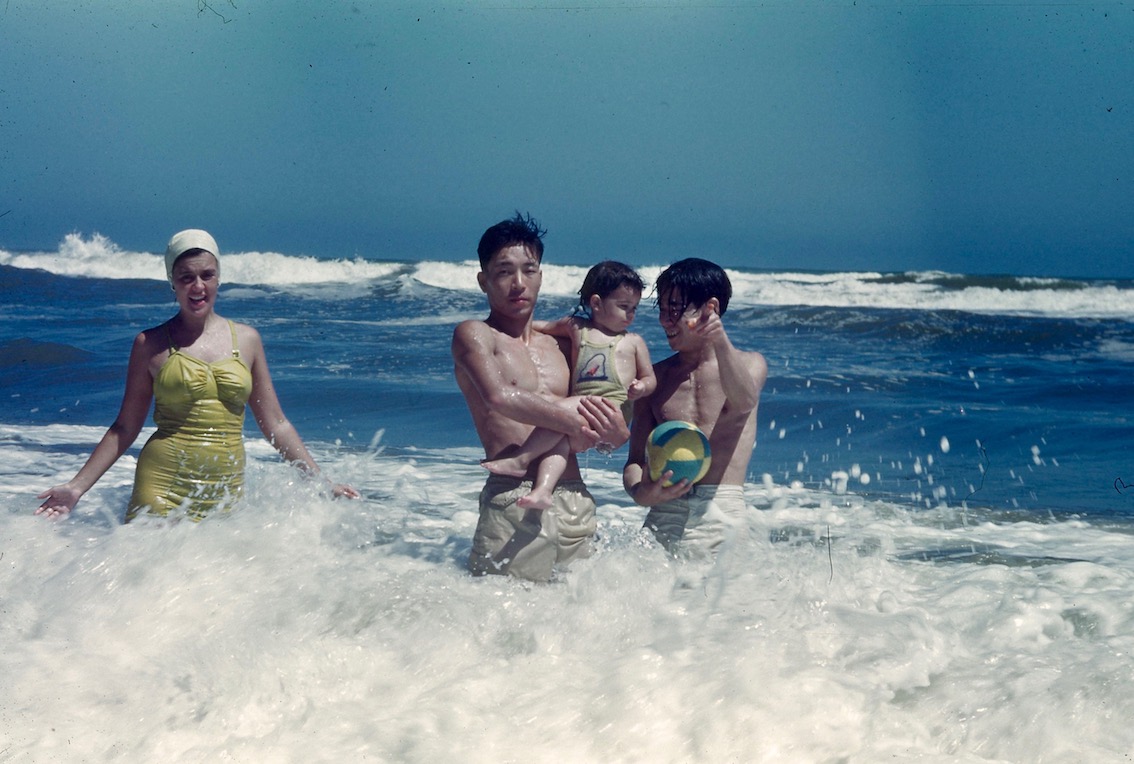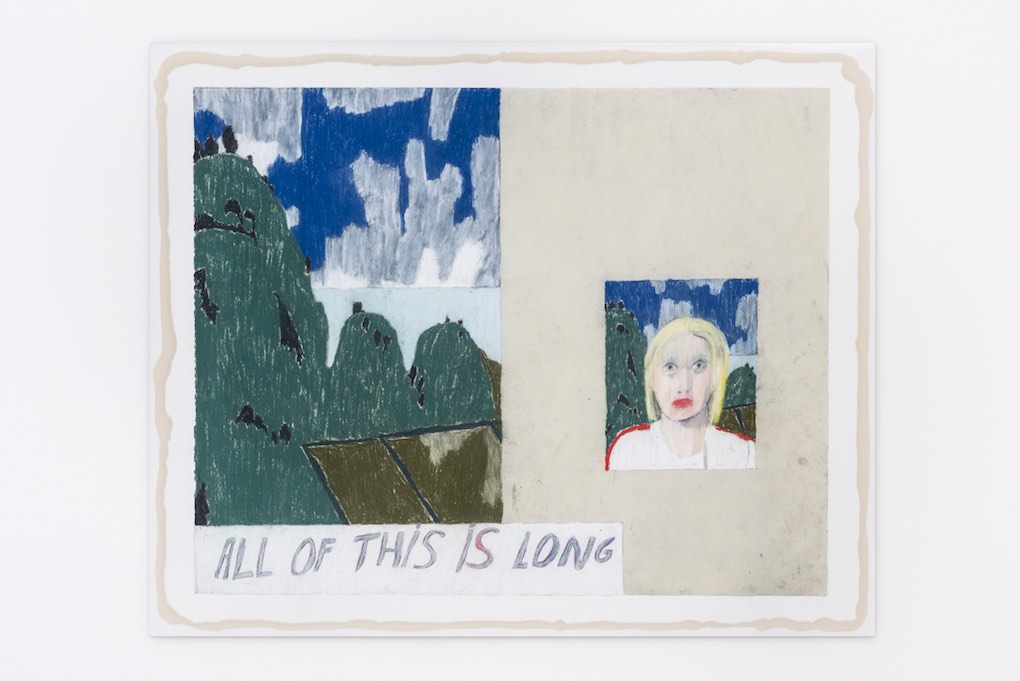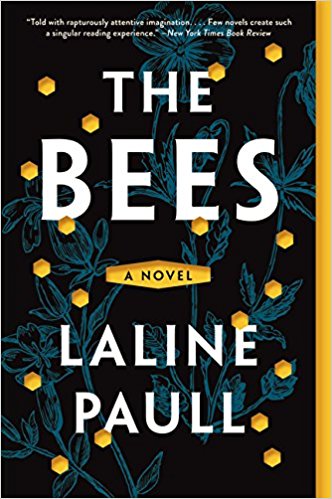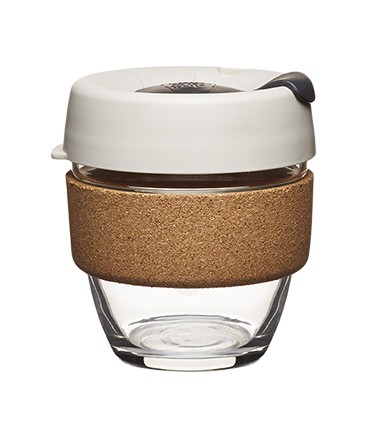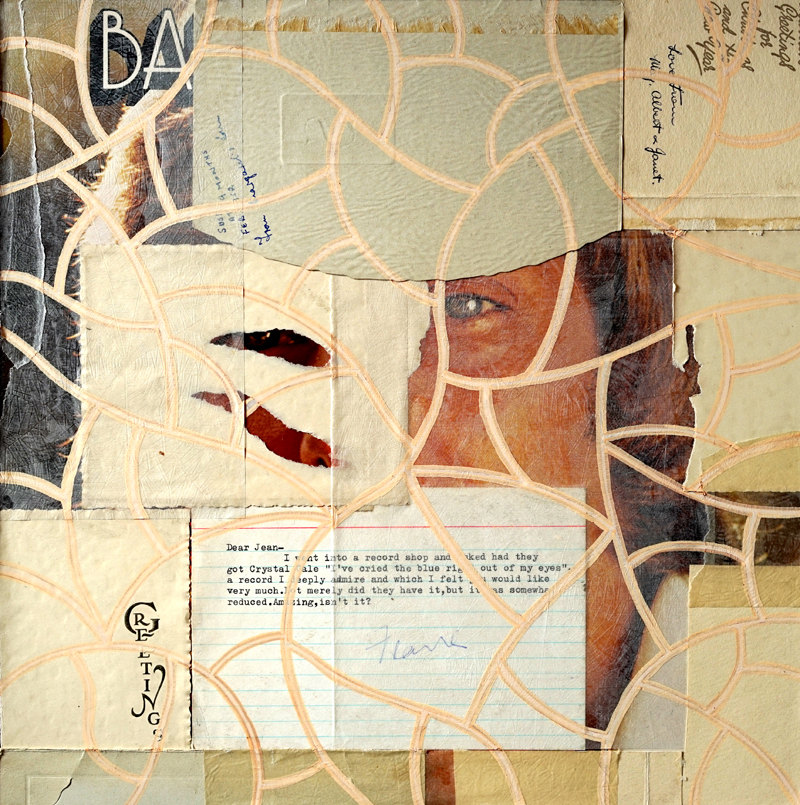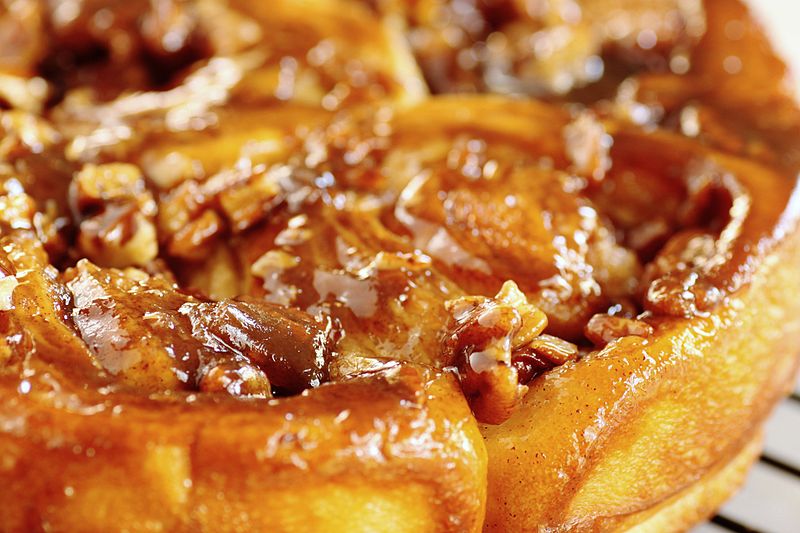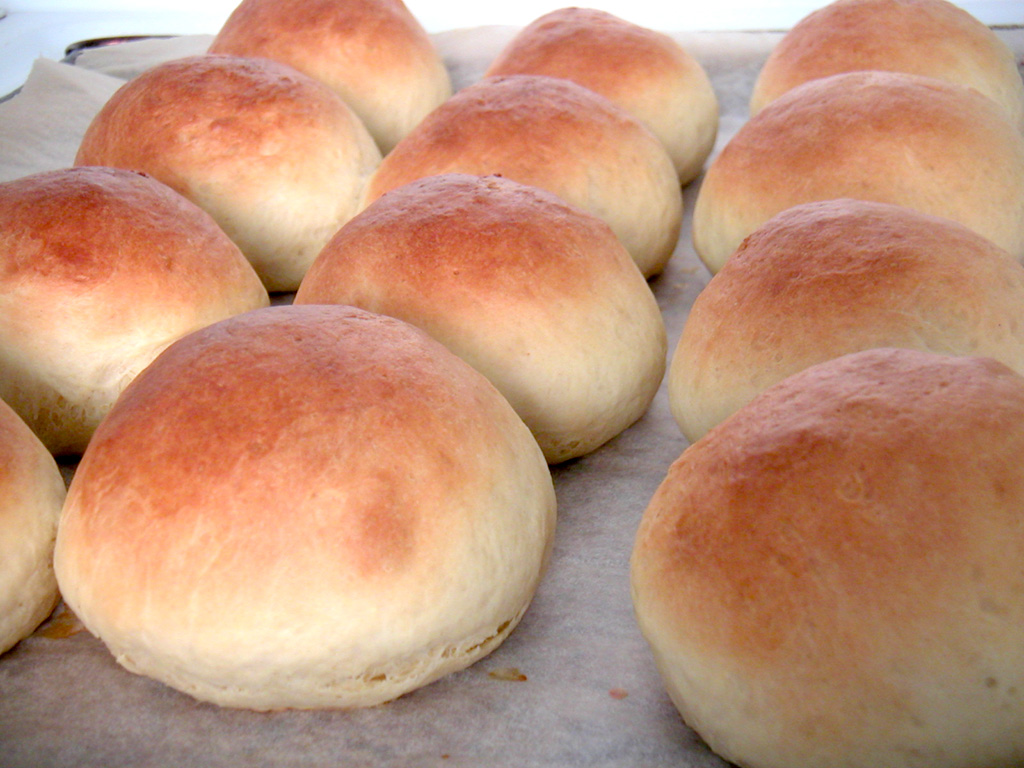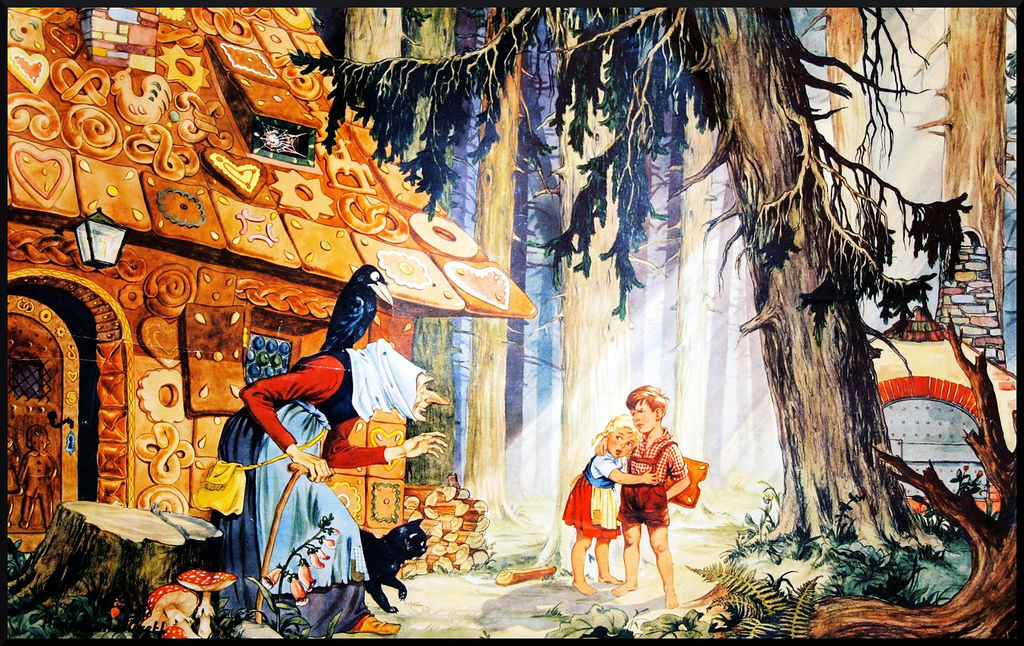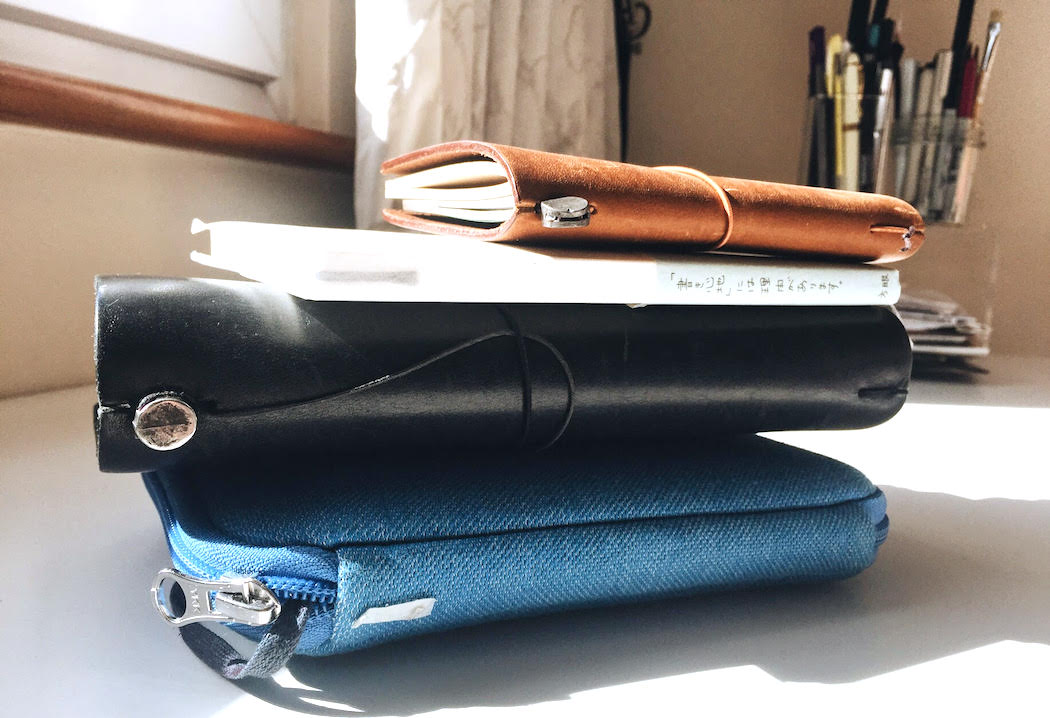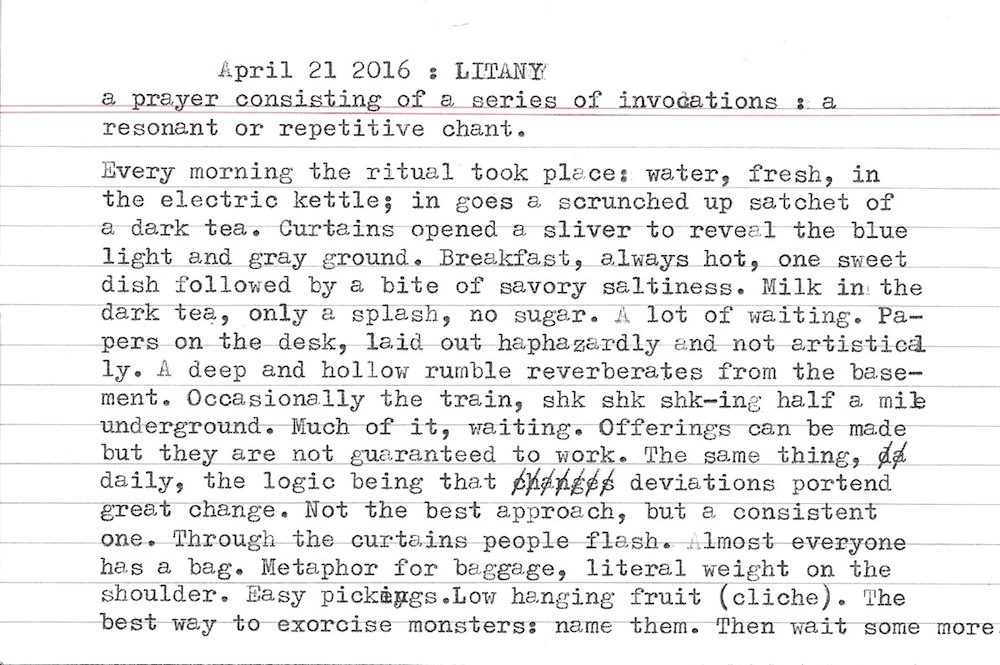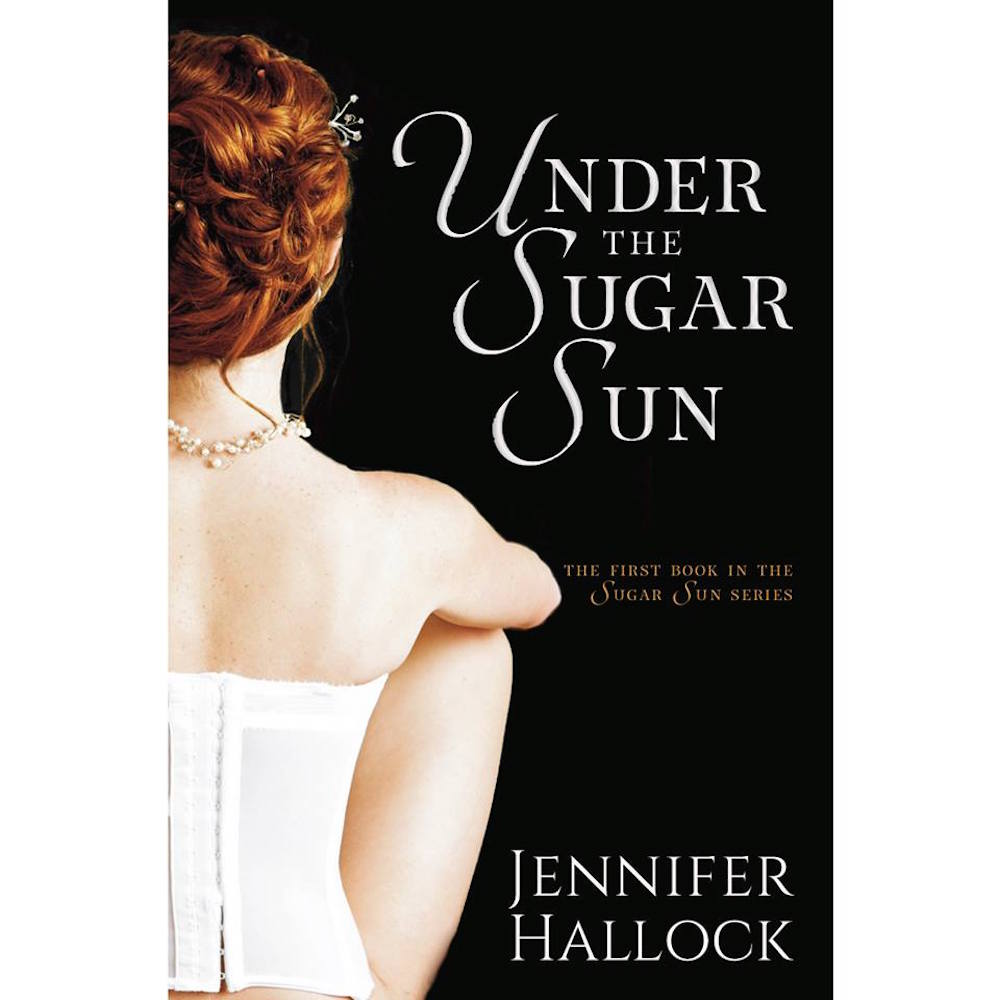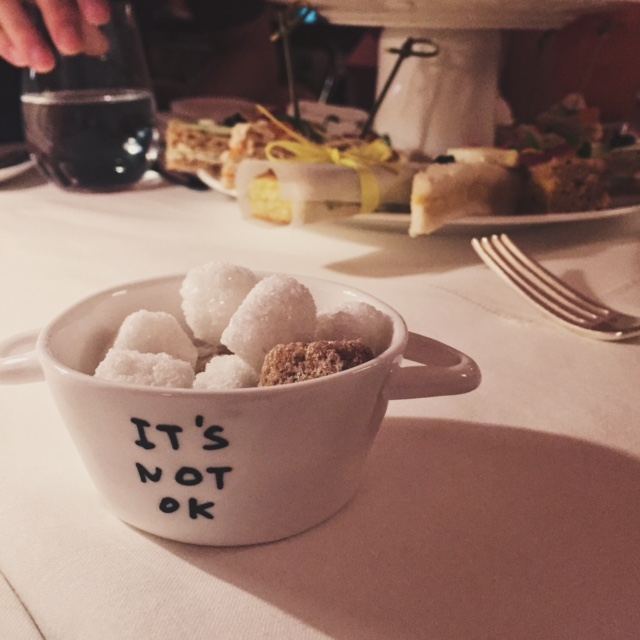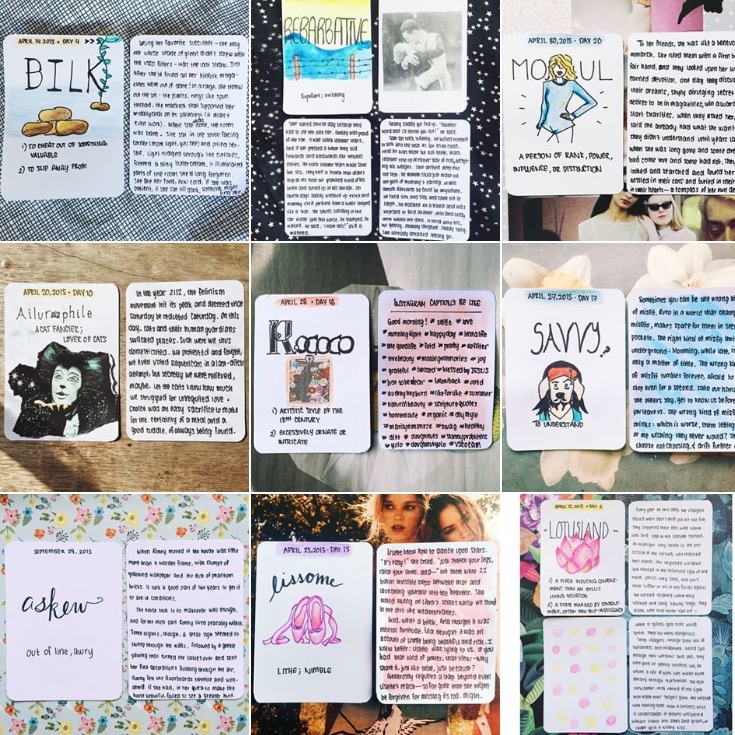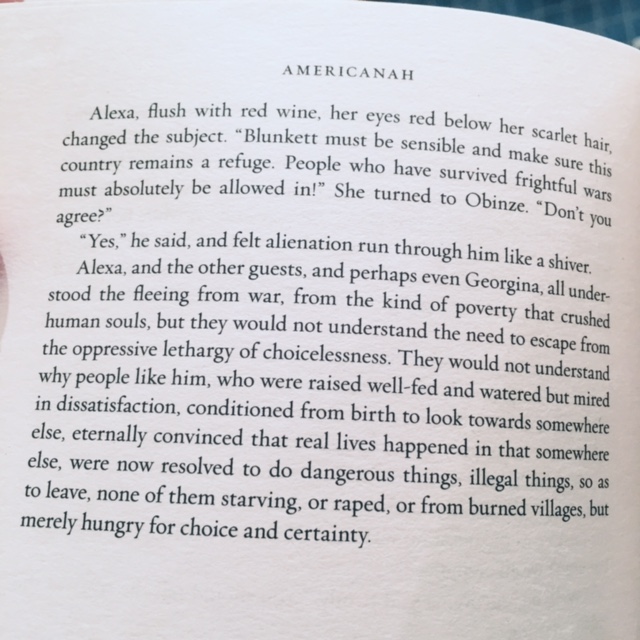Earlier this week I read The Solitaire Mystery by Jostein Gaarder (also the author of Sophie’s World). In the book, a young Norwegian boy named Hans Thomas travels across Europe with his alcoholic father to find his mother, who left for Greece several years before. Somewhere in the Swiss Alps, he meets a dwarf who gives him a magnifying glass and an old baker who gives him a bag full of sticky buns. The baker warns him to save the largest for when he is alone. The boy discovers that largest sticky bun contains a tiny book, which can only be read with the magnifying glass. From there, the book weaves between Hans’ story and the story in the “sticky bun book”, though of course the worlds begin to intersect in ways that the boy never expected.
Like the tiny book tucked inside a sticky bun, The Solitaire Mystery is a philosophical exercise tucked inside a modern fairy tale. I first read the book sometime in middle or early high school. I remember loving the story and feeling rattled at its philosophical themes, which totally blew my young and untested mind. Twelve or thirteen years on, though, I couldn’t remember anything except for a vague memory of playing cards. I had no recollection of Dad’s drinking, which is glaringly obvious in the book, or even that the mother was part of the plot at all (but I’m pinning that one on Gaarder).
And I certainly didn’t remember the sticky buns. Had I cared about the sticky buns as much as I did now? Had I known back then that the sticky buns sounded so…delicious? So appetizing? So frequently mentioned?
If in my teens I walked away from the book with a deep, yearning desire to question my world, in my late twenties I walked away with a deep, yearning desire to eat sticky buns. To have them. To hold then. To mash them in my craw.
I have no idea why. The sticky buns are in themselves bit players. Hans Thomas devours them in about two paragraphs. The sticky bun book, however, tells a different story. It’s Hans Thomas’ constant companion. It’s a marquee role. The words “sticky bun” recur, big and bold on the page, as the rest of story whizzes by in the background. Since I read TSM over the course of two days, the words dinned into my brain more insistently with every hour. Sticky bun. Stick-y bun. Sti-cky bu-n. Two sharp syllables followed by a deep reverberation from the back of the throat. Bunnnnn. The adjective, sticky: not quite onomatopoeic, but evocative of the bun’s texture, the elastic snap of dough in your mouth. Briefly putting aside the question of taste, “sticky bun” is also a really a fun thing to say. Angry and resentful people cannot say “sticky bun” without immediately becoming happy and gracious people. It’s a fact.
Say it with me: sticky bun.
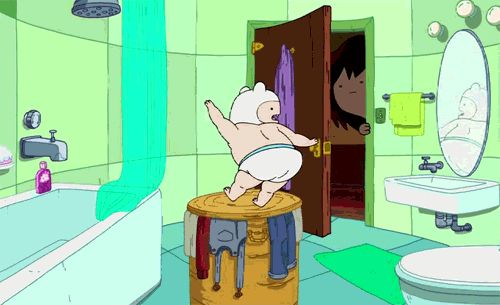
“Punch a-your buns, I will punch a-your buns!”
But what is a sticky bun?
My desire to eat a sticky bun became all-consuming. First, I had to find out what a sticky bun was. The book doesn’t mention anything about its appearance, taste, or flavor, which is actually kind of incredible given the severity of my craving. I was running on pure imagination. I didn’t know what I wanted, but I knew I wanted it bad.
A Google search for “sticky bun” produced image upon image of cinnamon rolls, drenched in shiny golden syrup and piled high with pecans. Some rolls were studded with raisins and currants—others smothered in pale cream or a frosted glaze. They definitely looked sticky, if not quite so bun-ey. They also seemed like a terrible hiding place for a tiny book.
Slipping deeper into the cinnamon roll k-hole, I discovered that there were differences between American-style cinnamon rolls and Nordic* cinnamon rolls. The glossy, drenched rolls shown by Google, suggestive of a potent, near-weaponized sweetness, seemed more suggestive of the American variety. Nordic rolls are less sweet, the bread not as dense, the filling often additionally spiced with warming cardamom. Instead of a rich syrup or creamy frosting a la Cinnabon, Nordic rolls are lightly glazed, if at all, showered with great big rocks of pearl sugar. Sometimes they are topped with cardamom as well (raisins are hotly debated, as with any bread in which they are not absolutely vital).
Cinnamon rolls are very, very popular; in fact, they are considered “a Scandinavian obsession.” Of course, within the world of Nordic rolls exist regional variations, from the Finnish korvapuusti to the Swedish kanelbullar and the Norwegian skillingsboller—or is it the Kanelboller? Norwegians claim they are the same thing perhaps the way that a roll, a bun, and a bap are more or less the same in the UK. I claim no further insight into the regional differences, but I’m sure each country would defend the superiority of its cinnamon roll to the death.
And yet my dilemma remained. I wanted so badly to eat a sticky bun—not just any sticky bun, goddammit, but the sticky bun of the book. Yet, I still wasn’t sure what it was. The Solitaire Mystery was originally published in Norwegian, so I decided to browse for clues in case something had been lost in translation. A scan of the plot synopsis of Kabalmysteriet reveals that, in Norwegian, the sticky buns are called “boller” and the sticky bun book is the “Bolleboka.” Which roughly translate to…wait for it…”buns” and “bun book.”
Where did the sticky buns go? Or, more specifically, where did they come from? How did we get from the generic-sounding “boller” to the more specific-but-still-frustratingly-vague “sticky bun”?
Boller look and taste like normal round buns, perhaps a touch sweeter than the average dinner roll. They are purportedly treasured in Norway. “To a Norwegian the bolle is a way of life,” this blog declares, explaining that boller are readily available; in fact, they’re among the cheapest item to be found at grocery stores. I suppose it’s like the Filipino pandesal, a soft and pillowy roll and the closest thing we have to daily bread. Pandesal is inexpensive and widely available, but fucking transcendent in every possible way.
Though not as sexy as cinnamon rolls, the bolle seems a more fitting hiding place for a tiny book than a rolled-up cinnamon bun. (I can’t explain why the plausability of a tiny book fitting into any pastry whatsoever matters to me so much, except that even fantasy novels can only suspend belief so far. For example, would you hide a book in a Bavarian doughnut?). The bolle’s lack of sweetness also explains why Hans Thomas was able to eat three of them and calmly go to bed without losing it on a sugar high. While there are bolle variations, such as boller stuffed with custard or raisins or whipped cream, I couldn’t find any variations that seemed easily translatable to “sticky bun.”
So what happened?
Perhaps the original Norwegian text, which I haven’t read for obvious reasons, mentions a specific type of bun, like the skillingsboler. Or perhaps Norwegian readers inherently understand the type of sweet bun Gaarder is referring to when he uses “bolle,” in the same way that an American audience knows that “ribs” almost always refers to barbecue pork ribs. The translator would have known this cultural reference and used “sticky bun” for the benefit of the English readers.
Admittedly, that one’s kind of a reach.
Or perhaps the use of sticky bun is an invention just for us non-Norwegians, for whom the bun is simply a bun. Our minds cannot possibly comprehend such an important plot device being hidden in such a bland thing as a BUN. I can almost imagine the heated debates that Bungate might have produced; the tense exchanges between translator, editor, and publisher; the disemboweled remains of rejected alternative pastries strewn across the boardroom table. Perhaps the stressed-out marketing director had a go at the editor while ripping out tufts of his hair: “We can’t have our children thinking there are tiny books in dinner rolls! It doesn’t make any SENSE!”
And yet, plot events like an island that keeps growing as one walks into it, or a magical soda that one can taste in their toes make perfect sense. Maybe it is precisely because a magical soda one can taste in their toes exists in the book that the simple, unadorned bolle proved insufficient.
I haven’t even touched on the fact that the bakery where Hans Thomas finds the sticky buns is in a Swiss village. Swiss cross buns, anyone? To further complicate things: the baker Hans Thomas meets is neither Swiss nor Norwegian.
Shit’s getting crazy, yo.
To summarize where we’re at so far, ‘sticky bun’ could possibly equal:
- American-style cinnamon roll
- Nordic cinnamon roll
- Norwegian cinnamon roll
- Norwegian bun
- Imaginary concoction because we English readers can’t handle the truth
In any case, I can’t find any references to link The Solitaire Mystery’s sticky bun to a cinnamon roll, Nordic or otherwise, though a Guardian article establishes a clear link between sticky buns and Nordic rolls in general. However, in the Amazon UK blurb for the English edition of TSM, the bun is referred to simply as a “bread roll.” This makes a case that for Norwegian readers, boller is as boller does. But before it could meet its English audience, the plain bun had to undergo a makeover. It swelled and flaked and grew a deeper, crisper crust. Its flesh plumped up with butter and cinnamon; its swirls glistened with sugar, gleaming like glass.
We know that in fairy tales, children and sugar have a sacred and often dangerous connection. Hansel and Gretel don’t eat the bread they’re given—they drop crumbs of it on the ground until they find something better: a house made of sugar. Bread is the food of everyday; sugar is the unexpected treat, the gateway into fantasy. We might suspect malnourishment if Hans Thomas scarfs down three rolls, but we find it perfectly logical that Hans Thomas would eat three sticky buns, one after the other, and find something magical in the last. Of course; for children in books, it’s only natural.
Just like Edmund Pevensie and his Turkish Delight in The Chronicles of Narnia, Hans Thomas loses himself in the world within the sticky bun. His understanding of what is real and what is fantasy blurs. However, Edmund completely loses himself and his values in the confection; he regains himself only by severing the connection. Hans Thomas undergoes a similar test with the sticky bun book, but by the end of its tale discovers something that makes him stronger.
The search for a perfect sticky bun
Despite what the Norwegians say about boller=life, I realized that the sticky bun had already shaped itself in my mind into a cinnamon roll, and wasn’t about to budge. While the American-style cinnamon roll seemed to be the most faithful interpretation of ‘sticky bun,’ the Nordic-style rolls, with their slightly more unusual spice and crunch of pearl sugar, seemed to better capture the distinctly European spirit of The Solitaire Mystery. Besides, I had never tried a Nordic-style cinnamon roll, but now I felt certain that it was the only thing that could stop my craving.
I realized that London has quite a few Nordic bakeries; one being, in fact, Nordic Bakery, which actually calls itself a Scandinavian cafe, despite the founders being Finnish, but who am I to split hairs. Nordic Bakery is purportedly famous for its cinnamon rolls, which receive second billing on the cafe’s glass windows (after DARK RYE BREAD and before COFFEE). The swirls of their rolls stick out on the sides rather than the top and bottoms, giving them the appearance of snug little snails. Nordic Bakery’s Soho branch isn’t far, but for the purposes of satisfying a craving it was just enough out of the way to rule it out.
The boundaries of my laziness were so restrictive that tantalizing options such as Monocle Cafe in Marylebone, Brick House in East Dulwich, HEJ in Bermondsey, and Violet Bakery in Hackney were automatically disqualified for the sheer effort to get there. Well, disqualified is a harsh word—saved for later, when I had more time and even more comfortable shoes.
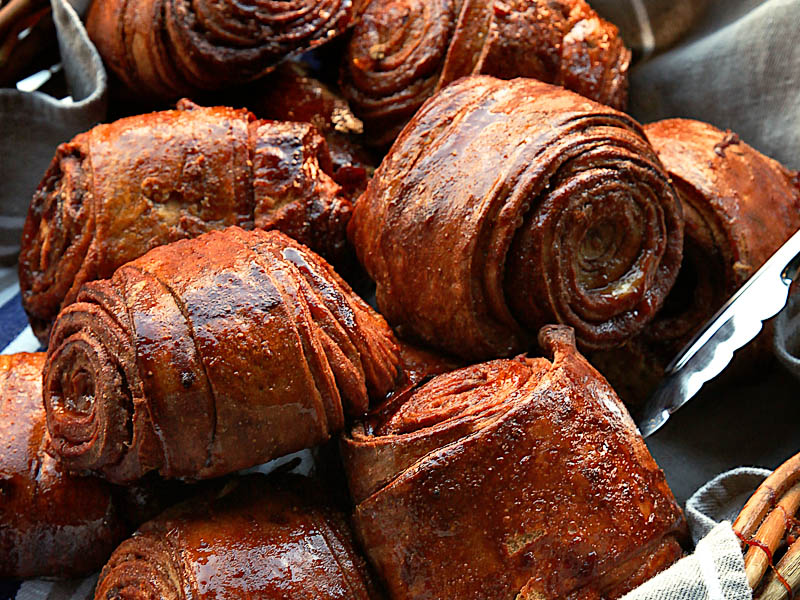
Finnish-style cinnamon rolls from Nordic Bakery. Photo from nordicbakery.com
I settled on Fabrique Bakery, with branches in both Hoxton and Covent Garden (and Notting Hill, but West London may as well be Wales to me). Fabrique is Swedish, and their cinnamon rolls have that knotted twisty shape that makes them utterly mesmerizing. Each roll contains a generous scattering of pearl sugar. Some rolls are crusted at their bottoms with sugar glaze that has dripped down from the top. I picked one that had visible bits of crusty glaze and paid £2.50. Even before I’d gotten my receipt, butter from the roll began to seep through the paper bag.
Once I found a place to sit, I pulled the cinnamon roll from the bag. My fingers pressed into the dough, melting into the glaze as though it were only natural they should be there, a natural extension of dough. It took more effort to peel them away again—sticky bun indeed. I licked cinnamon and cardamom off my fingertips. I tore off a chunk and chewed. The knotted edges were crisp and sugary, but the inside of the roll was soft with a slight springiness. Butter, cinnamon and a spicy, earthy sweetness filled my mouth. Now both of my hands were sticky. Everything I touched became sticky. I told myself to stop touching things, especially myself, then promptly brushed the hair out of my mouth, smearing sugar glaze across my cheek. I licked sugar from the corner of my mouth, wiped what I couldn’t reach on the back of my hand. I searched the world for a sticky bun and discovered the sticky bun was me.
I should have had an epiphany or something, having thought so damn hard about these sticky buns for three days. I should have connected it to the meaning of life the way Hans Thomas had done. Instead, I savored the experience as best as I could while trying not to become a sticky bun myself. I tried to wash it down with coffee, as they say you should do, but the coffee seemed bitter and slimy in comparison. I set it aside for later. I ate around the cluster of pearl sugars, piled up on the top like treasure, saving that plump middle bit for last, then downed it in three satisfying crunches.
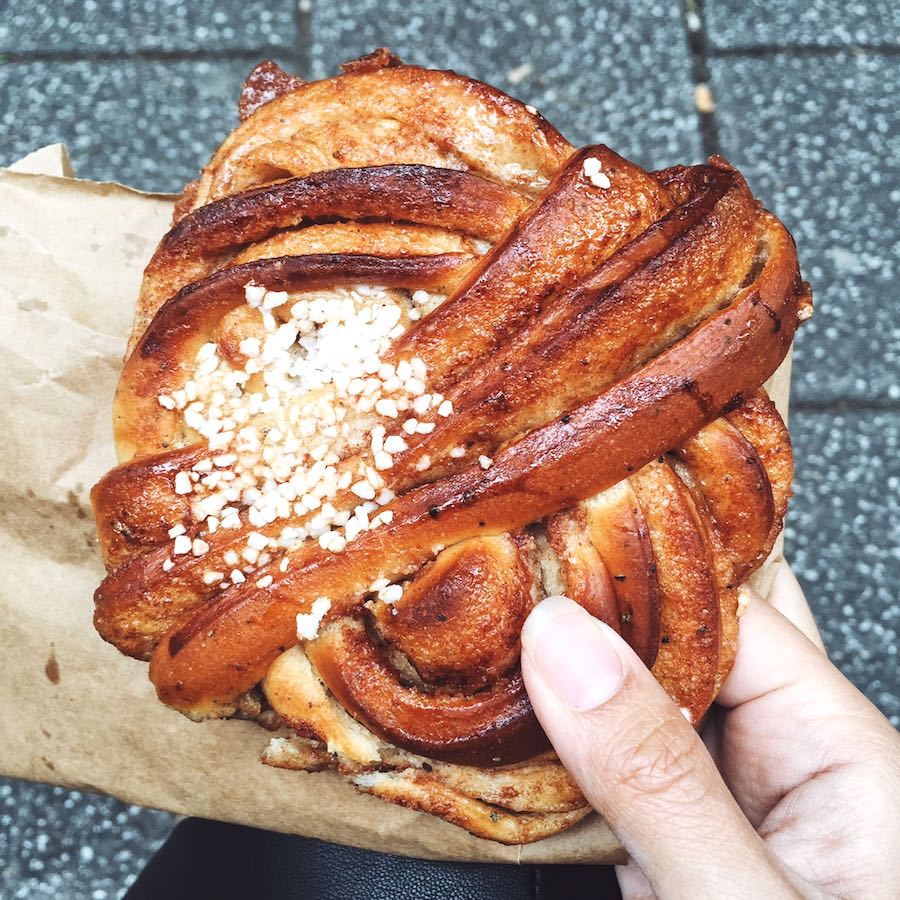
Once more, with feeling.
With that, the roar of my belly subsided, finally appeased by 900 calories of butter, sugar, and flour. I still wasn’t certain whether the cinnamon roll I’d just eaten was the same sticky bun of the book, but I was certain that it was what I’d imagined all along. And isn’t that what good stories do best: act as fuel for our imagination? I couldn’t taste Rainbow Fizz or cross the Adriatic Sea by ship as Hans Thomas had, but I could eat a sticky bun and contemplate the universe (even if I only did one of those things, heh).
I wish I could wrap this up with one big, profound revelation, but the most profound discovery so far has been that I’ve managed to write 2500 words about eating a sticky bun. Sometimes good books make demands of you, from the great to the insignificant. They may challenge your worldview or reinforce a shaky belief. They may summon emotions or leave you bereft of them. And sometimes they may appeal to your most basic urges: to eat, to drink, to have sex.
And sometimes, perhaps without even intending it, they make you want to try something new. Even if that something new is just a goddamn sticky bun.
Which was delicious, by the way.
/
*The distinction between “Nordic” and “Scandanavian” confuses me, but my understanding is that Nordic encompasses Finland along with Denmark, Sweden, and Norway, while Scandanavian does not.

